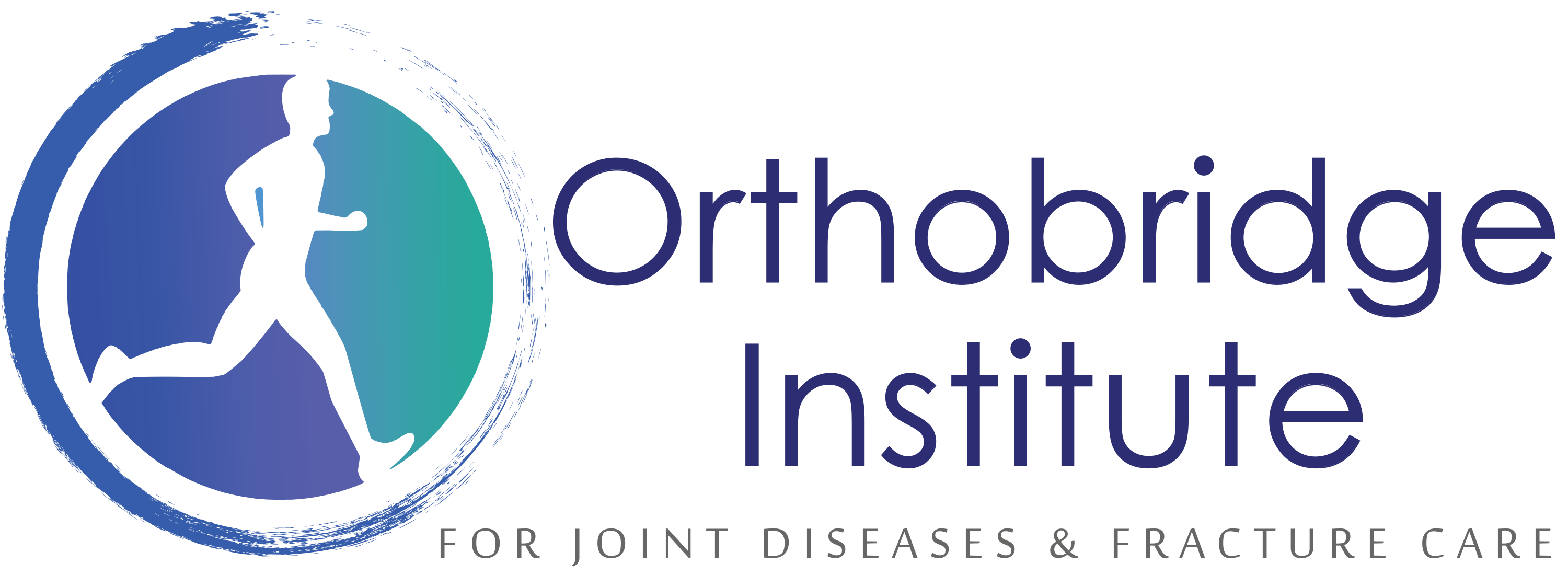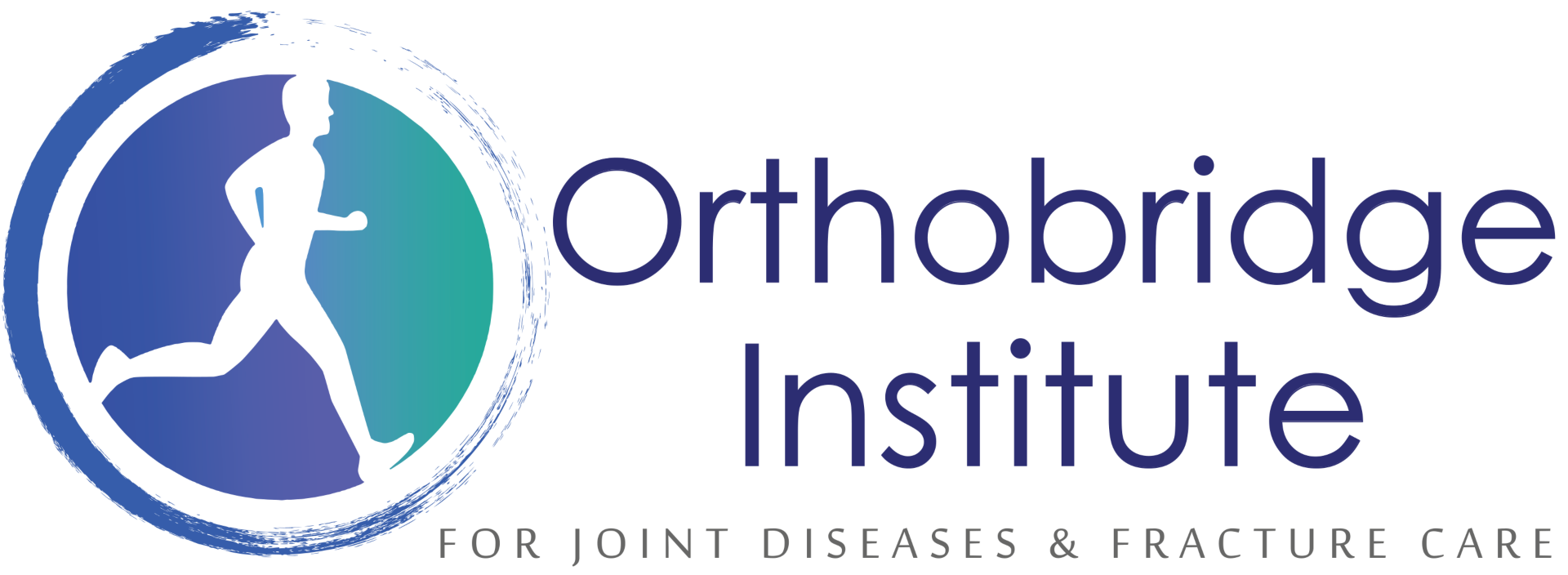Snapping Hip Syndrome
Learn more about some common Snapping Hip Syndrome here we treat at Orthobridge Orthopedic Centre.
Snapping Hip Syndrome Care in Kenya.
Snapping hip syndrome, sometimes called dancer’s hip, is a condition in which you hear a snapping sound or feel a snapping sensation in your hip when you walk, run, get up from a chair, or swing your leg around. For most people, the condition is little more than an annoyance and the only symptom is the snapping sound or sensation itself. But for dancers or athletes, snapping hip syndrome symptoms may also include pain and weakness that interfere with performance.
There are three main types of snapping hip syndrome:
- Internal. This type occurs when your tendons slide over bone structures at the front of your hip joint.
- External. With this type, your tendon or muscle slides over the bone at the top of your thigh bone or femur.
- Intra-articular. In this category, a snapping hip is caused by an actual hip joint issue or injury. Unlike external or internal SHS, intra-articular SFS isn’t caused by a tendon or muscle.
Many cases of SHS are harmless but can increase risk for joint damage. For athletes and dancers, more serious cases of this condition can cause pain and affect their overall performance.
Hip fracture is most frequently caused after minor trauma in elderly patients with weak bones, and by a high-energy trauma or serious injuries in young people. Long-term use of certain medicines, such as bisphosphonates to treat osteoporosis (a disease-causing weak bones) and other bone diseases, increases the risk of hip fractures.

Snapping Hip Syndrome Causes
>>> Movement of a muscle or tendon over a bony structure in the hip.
>>> The most common site is on the outside of the hip where a band of connective tissue known as the iliotibial band passes over part of the thigh bone that juts out — called the greater trochanter
>>> The iliopsoas tendon, which connects to the inner part of the upper thigh, can also snap with hip movement.
>>> Another site of snapping is where the ball at the top of the thigh bone fits into the socket in the pelvis to form the hip joint.
Signs and symptoms of hip dysplasia
- Leg muscle weakness when trying to lift your leg sideways or forward
- pain
- Inflammation
- Feeling your hip is coming out of place
- Difficulty with regular physical activity such as walking or rising from your chair
Prevention.
Snapping hip syndrome can be prevented:
- Warm up before starting a sport or heavy physical activity. Your warm-up should include stretches taught to you by your physical therapist, including those for the muscles on the front, side, and back of the hip.
- Gradually increase the intensity of an activity or sport. Avoid pushing too hard, too fast, too soon.
- Follow a consistent strength and flexibility exercise program to maintain good physical conditioning, even in a sport’s off-season.
- Wear shoes that are in good condition and fit well.
- Modify activity when symptomatic snapping occurs. Call a physical therapis
How is a Snapping hip syndrome treated?
SHS is often painless and may not require medical treatment. If it causes minor pain, your doctor may recommend pain relievers and an cold compress. You may also be required to limit physical activity to allow your muscles and tendons to heal.
In more serious cases, you may need physical therapy to increase your range of motion or steroid injections for pain relief. There are also exercises you can do to strengthen and stretch your surrounding muscles and relieve symptoms.
Some common exercises to treat SHS include:
- Iliotibial band stretch
- Hip flexor stretch
- Lying-down hamstring stretch
- Bridges
- Clam shell
Snapping hip syndrome Procedures?
Surgery is rare but may be recommended to relieve symptoms. Your procedure depends on the underlying cause of your condition.
- Iliotibial band release. This procedure involves lengthening your iliotibial band to reduce tension and hip snapping. It’s recommended for people experiencing pain from external SHS.
- Iliopsoas tendon release. Recommended for people with internal SHS, this procedure involves lengthening the iliopsoas tendon. It reduces muscle tension and may decrease hip clicking.
- Arthroscopic hip debridement. With this surgical procedure, your doctor will make a small incision at the hip joint cavity to remove debris. This procedure is most appropriate for those with intra-articular SHS.


